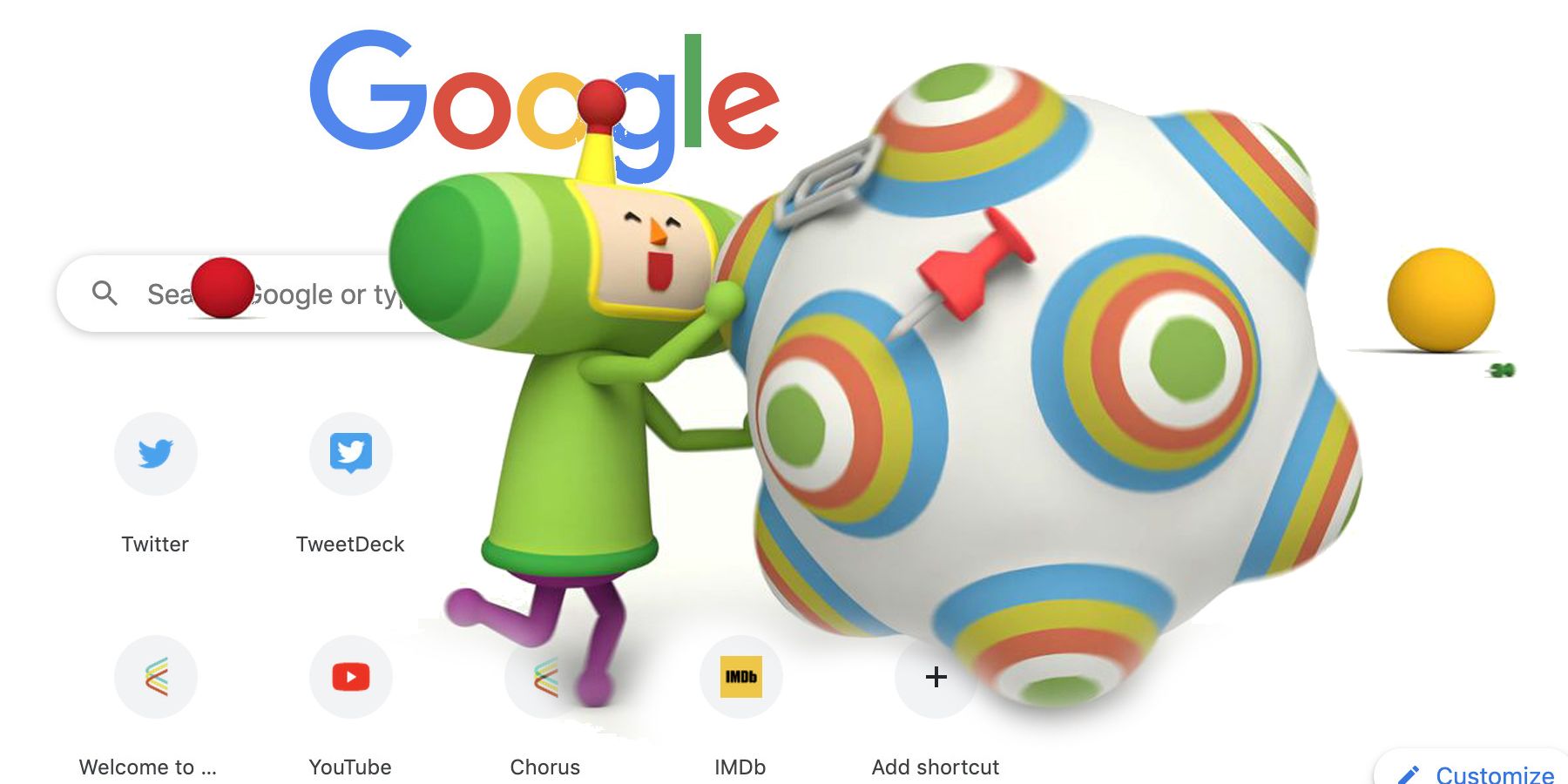
Understanding the Updated Google Rel Canonical Documentation

Explore the recent updates to Google's rel canonical documentation and how it impacts the handling of canonical annotations. Dive into the details of RFC 5988 and the changes made to clarify the usage of rel=canonical links.
The Significance of Canonical Link Relation and RFC 5988
In the realm of search engine optimization, Google recently made significant updates to its rel canonical documentation, shedding light on the intricacies of how Google processes canonical annotations. While these updates do not signify a shift in Google's approach to rel=canonical annotations, they serve to provide explicit clarity on the processing mechanisms employed by Google.
The canonical link relation, as defined by RFC 5988, has long been the cornerstone of Google's approach to handling canonical annotations. This RFC, established by the Internet Engineering Task Force (IETF), sets the standard for various Internet and networking technologies, particularly pertaining to the specifications of the HTML rel link attribute.
In the digital landscape, an HTML element serves as a fundamental building block of webpages, capable of extension through attributes. Notably, the Link element undergoes modification through the Rel attribute, as outlined in RFC 6596.
Insights into Changes in Canonical Documentation
The recent alterations to Google's Search Central Documentation primarily focus on rel='canonical' link annotations that extend beyond the scope of specifying duplicative documents, accompanied by minor adjustments to the overall content structure.
One notable modification entails the addition of the term 'explicit' in the sentence 'Google supports explicit rel canonical link annotations as described in RFC 6596,' emphasizing adherence to the standards outlined in RFC 6596 without deviation.
Moreover, a new paragraph was introduced, highlighting that rel='canonical' annotations suggesting alternate versions of a page are disregarded. Specifically, annotations with hreflang, lang, media, and type attributes are excluded from canonicalization, urging the utilization of appropriate link annotations like rel='alternate' hreflang for language and country specifications.
Clarifying the Extraction of Canonical Annotations
Google's revised documentation aims to clarify the extraction process of rel='canonical' annotations, particularly emphasizing the exclusion of annotations with specific attributes from the canonicalization procedure.
The documentation elucidates that while rel='canonical' annotations aid Google in identifying the canonical URL among duplicates, annotations with certain attributes alter the annotation's intended purpose, indicating variations in devices or languages. This clarification underscores that Google has consistently disregarded these annotations for canonicalization purposes.
For a detailed understanding of the updated guidelines and methods to specify a canonical with rel='canonical' and other approaches, it is recommended to refer to Google's latest documentation, providing comprehensive insights into the evolving landscape of canonical link annotations.











